Week 50: Flip Books
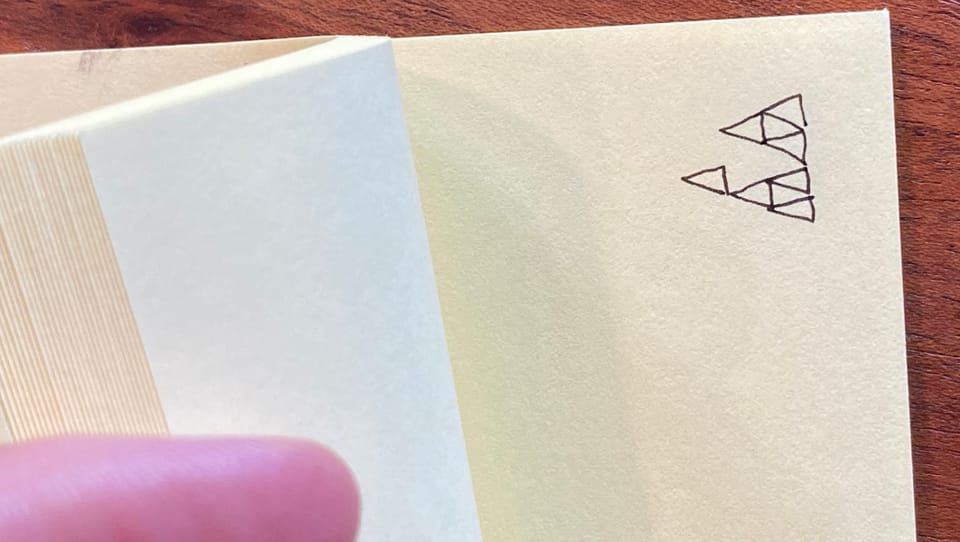
This week I encourage learners to play with their animation skills. Take a math concept, problem, or design and play with ideas to animate it. Start simple to warm up and then build on the ideas. Flip books are fun. I recommend using thinner paper that can be seen through so it is easier to draw on top of the previous frame. Try the paper out before spending the time to draw. Flip books are an analogue GIF.
Here are the basic steps to drawing a flip book:
- Decide on your math topic to animate. (Fractals, projectiles, growth, decay, etc.)
- Draw the starting frame:
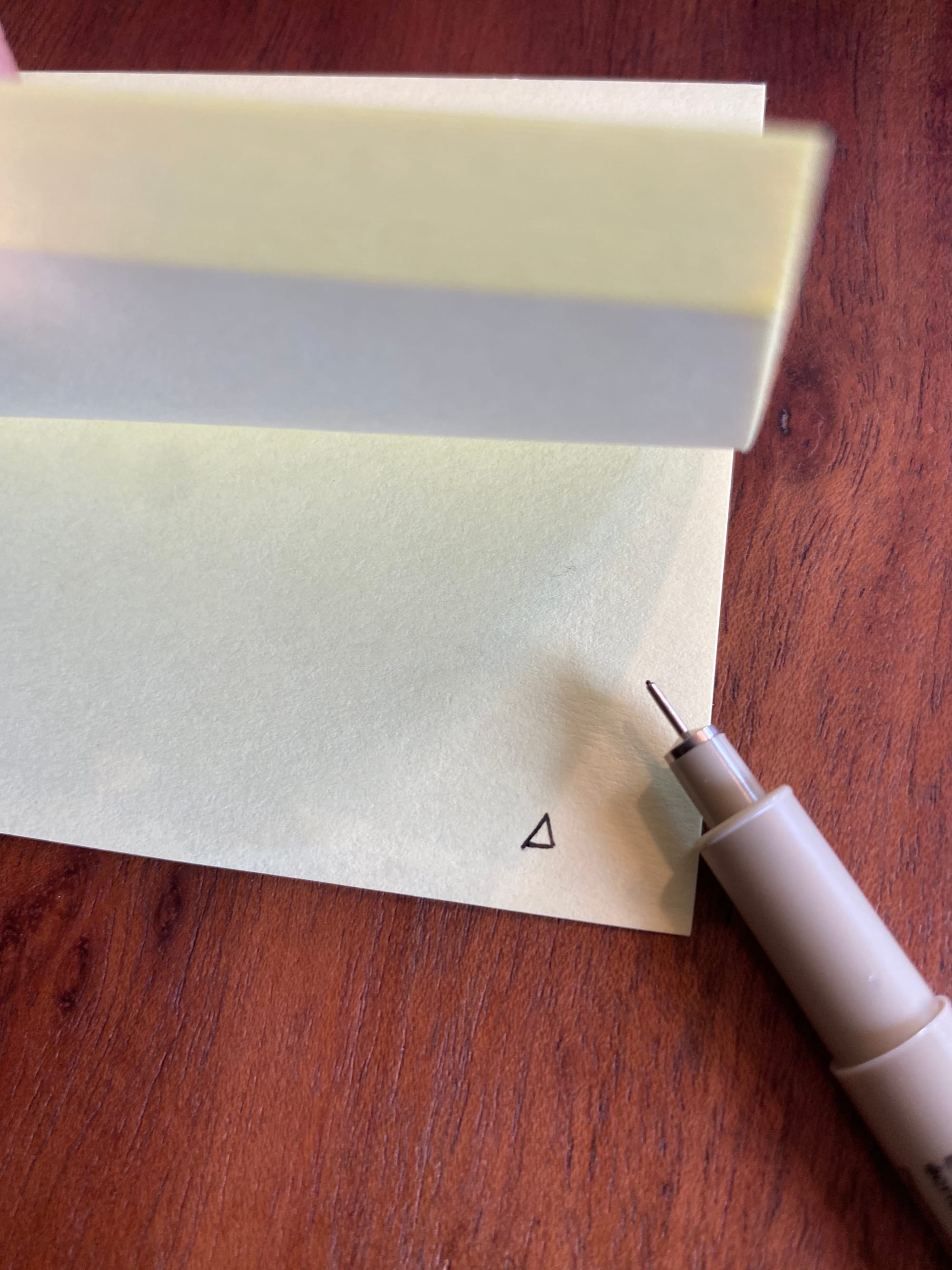
- Draw the next frame by tracing and/or using the previous sheet as a reference:
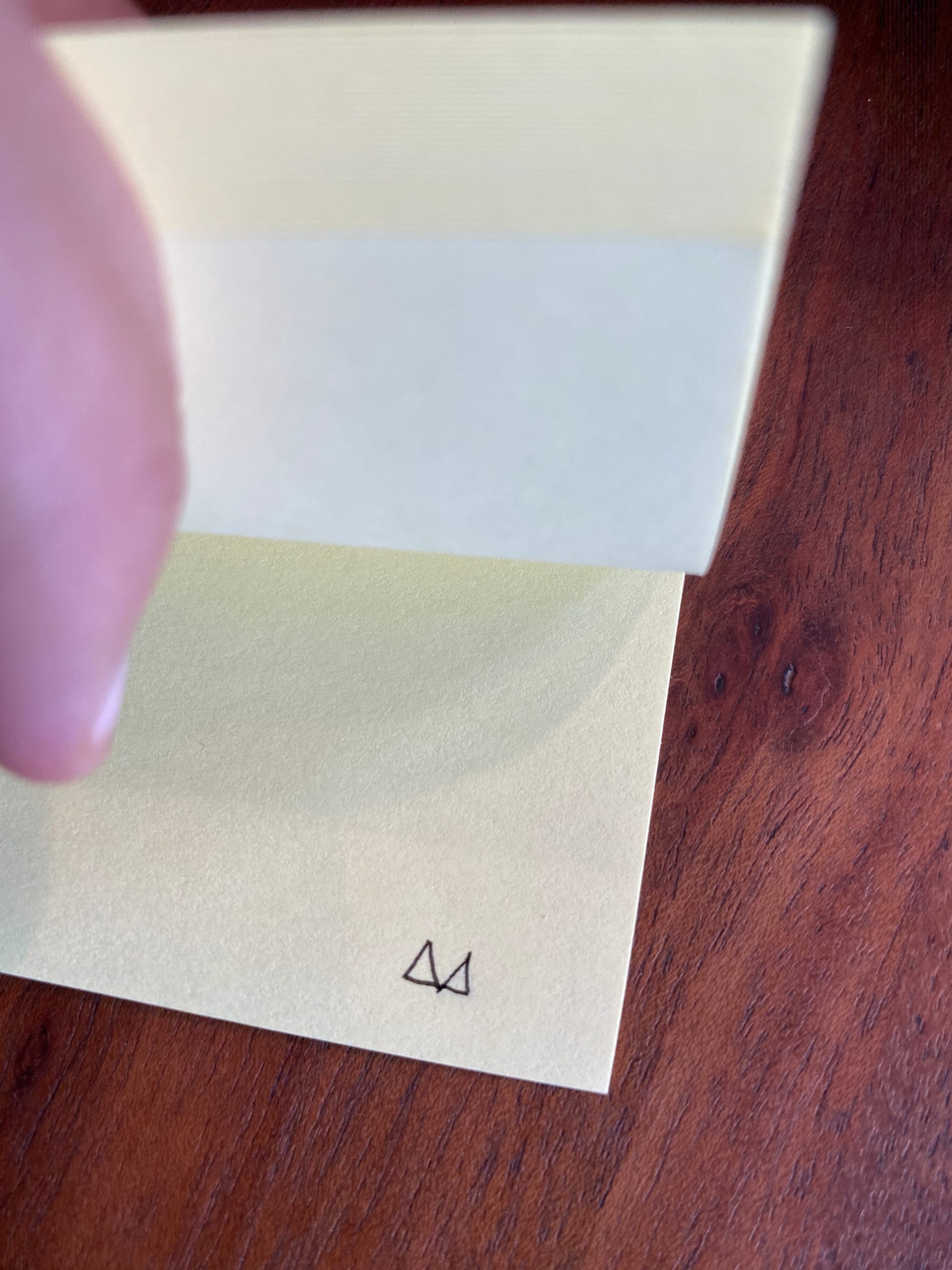
- Repeat the process of making new frames by referencing the previous:
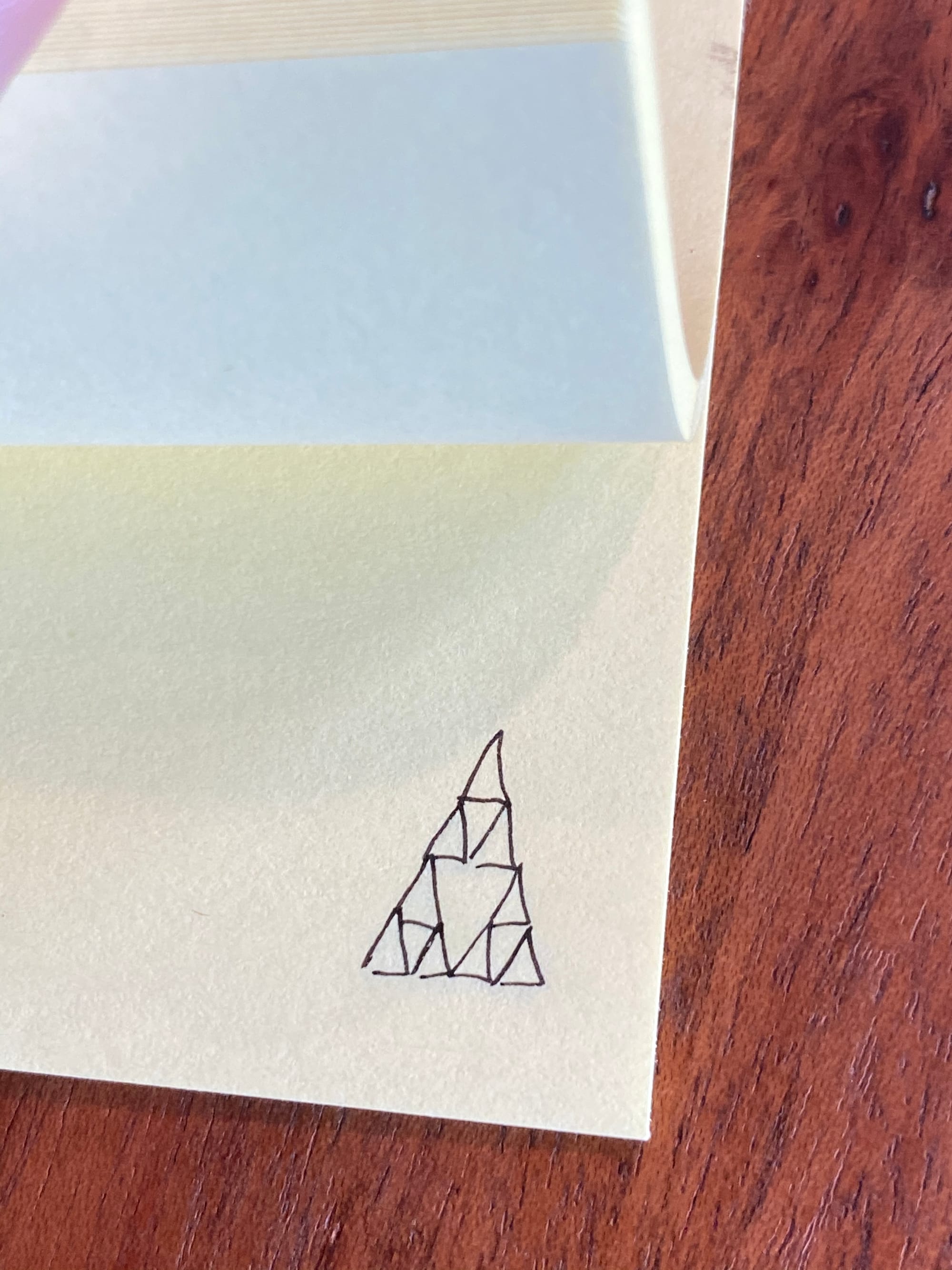
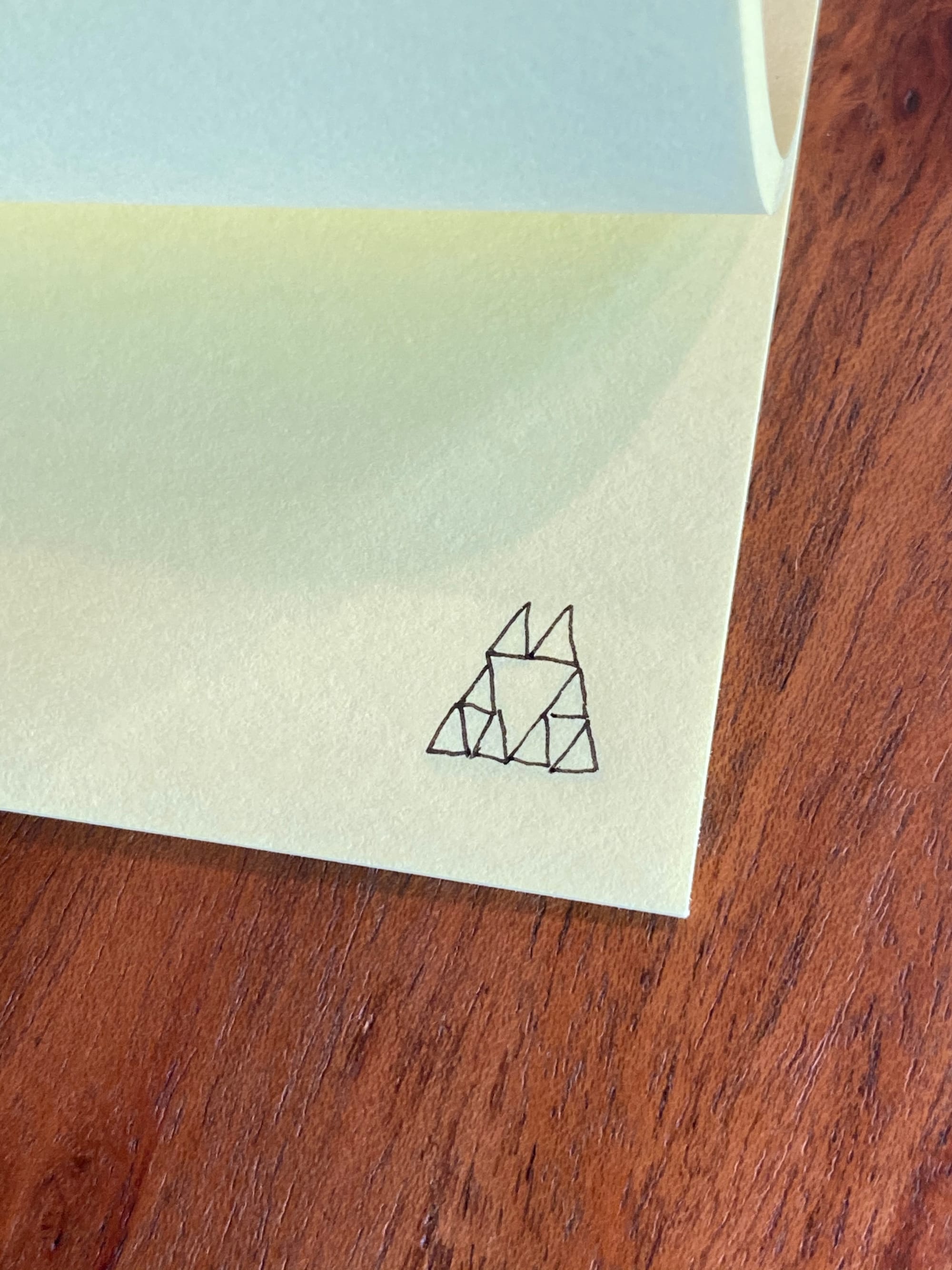

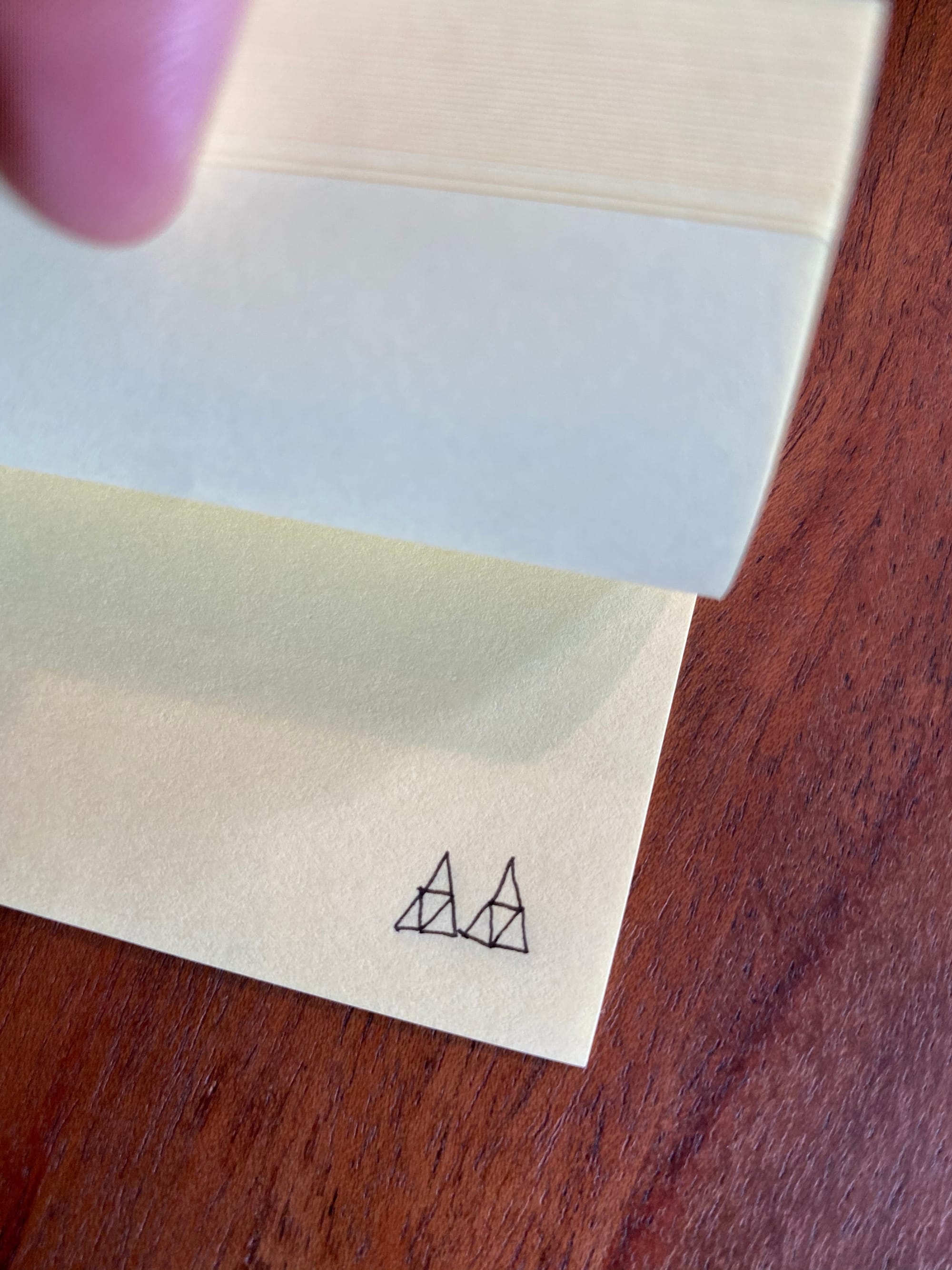
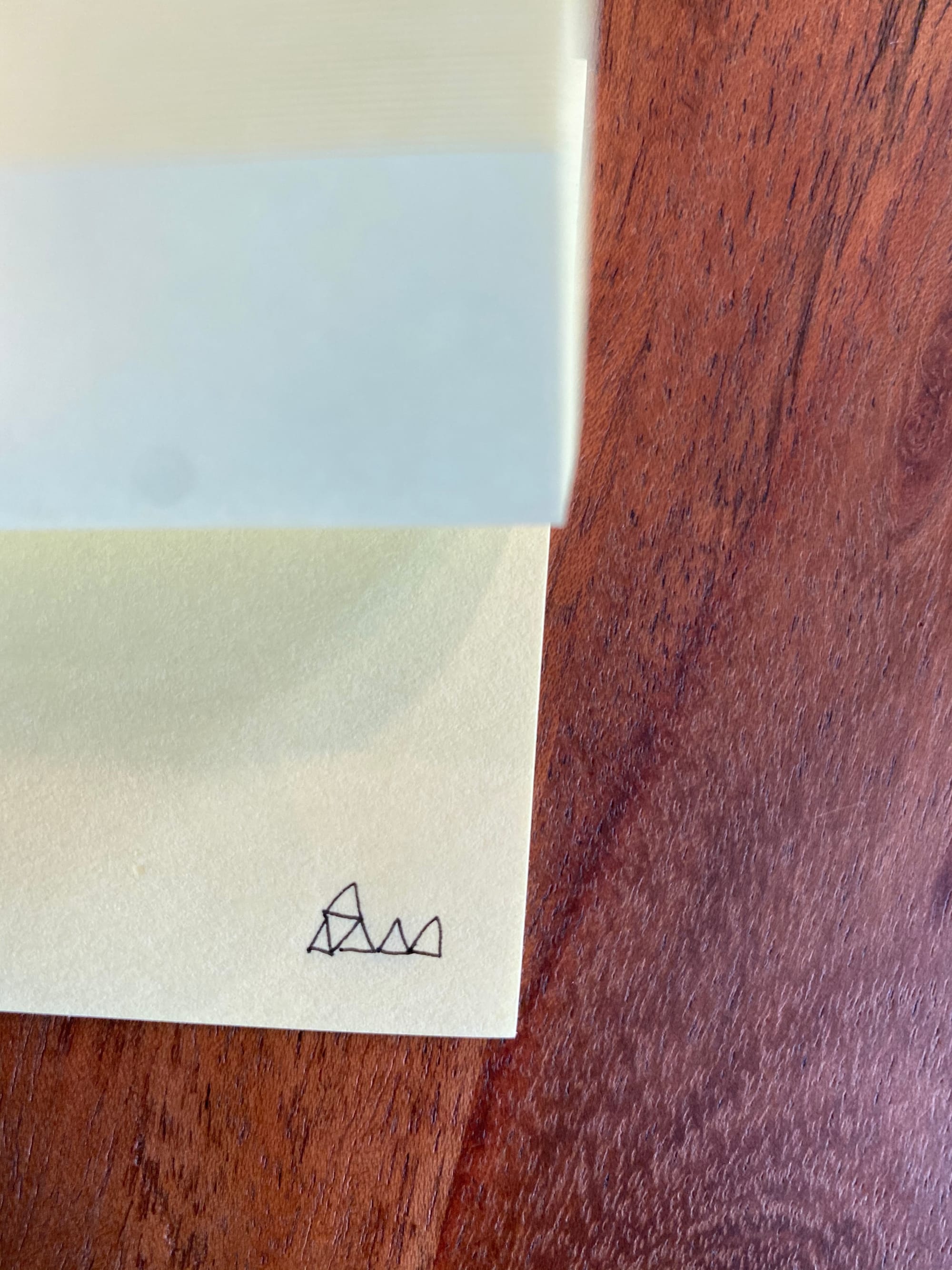
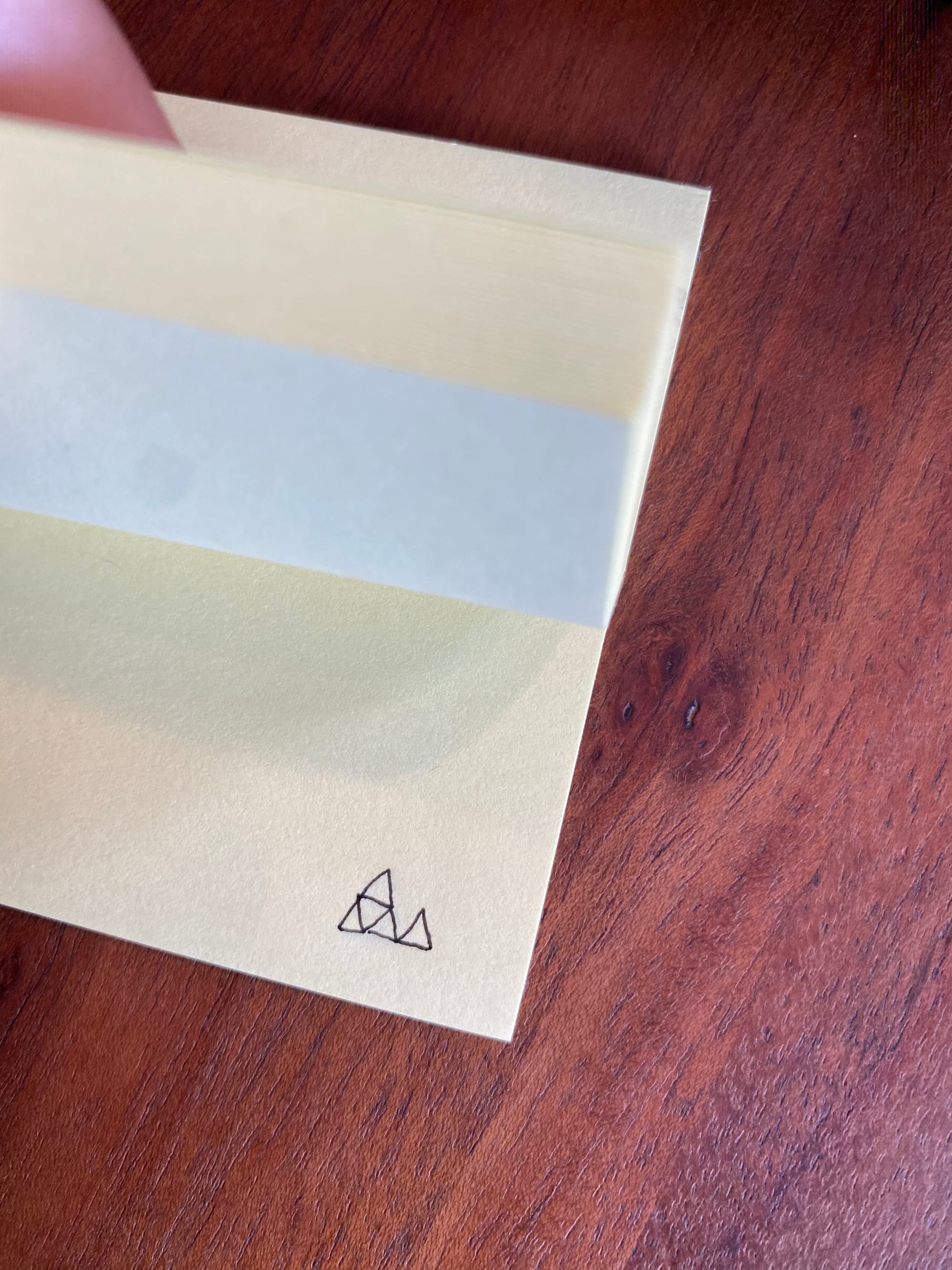
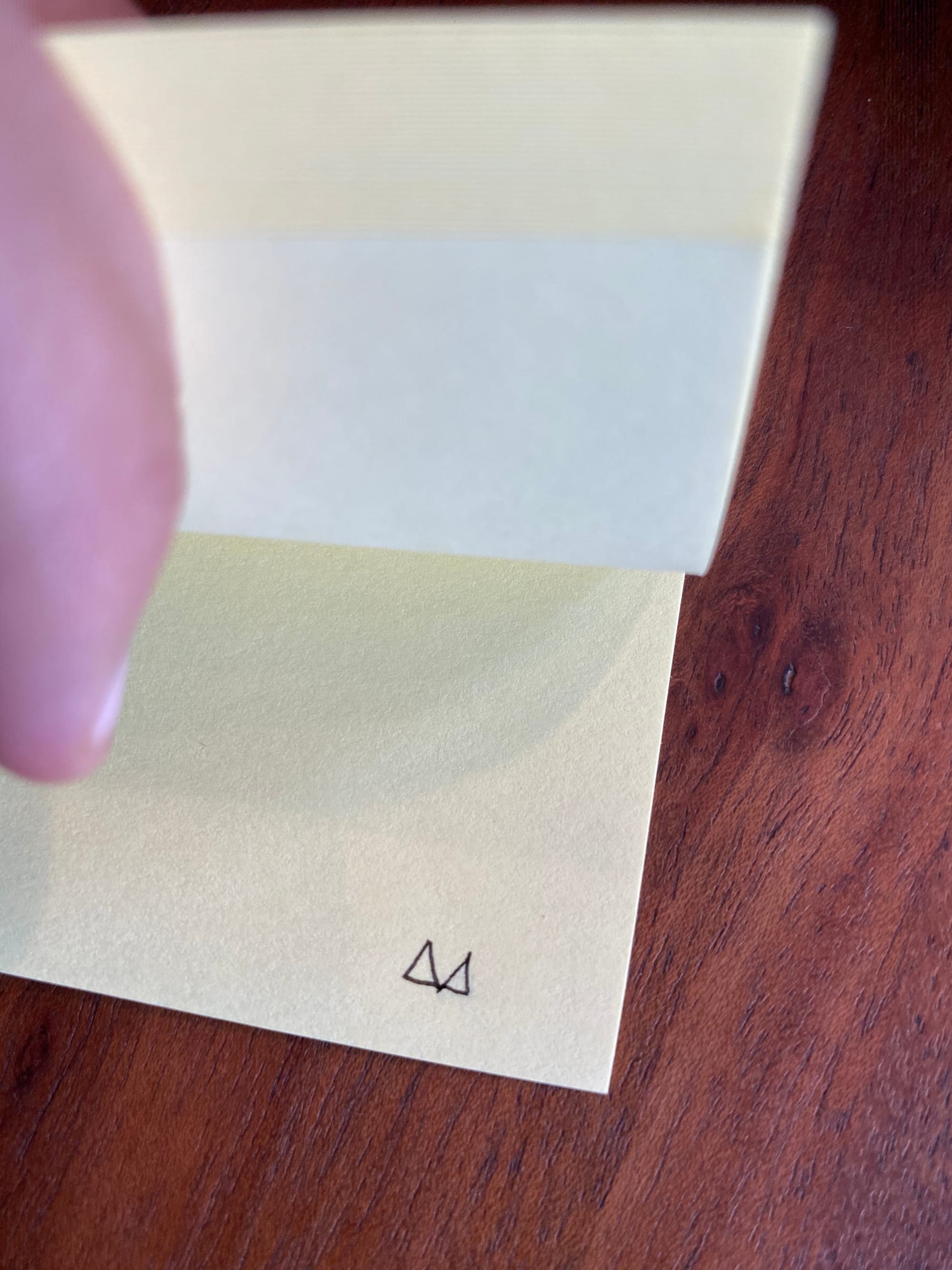
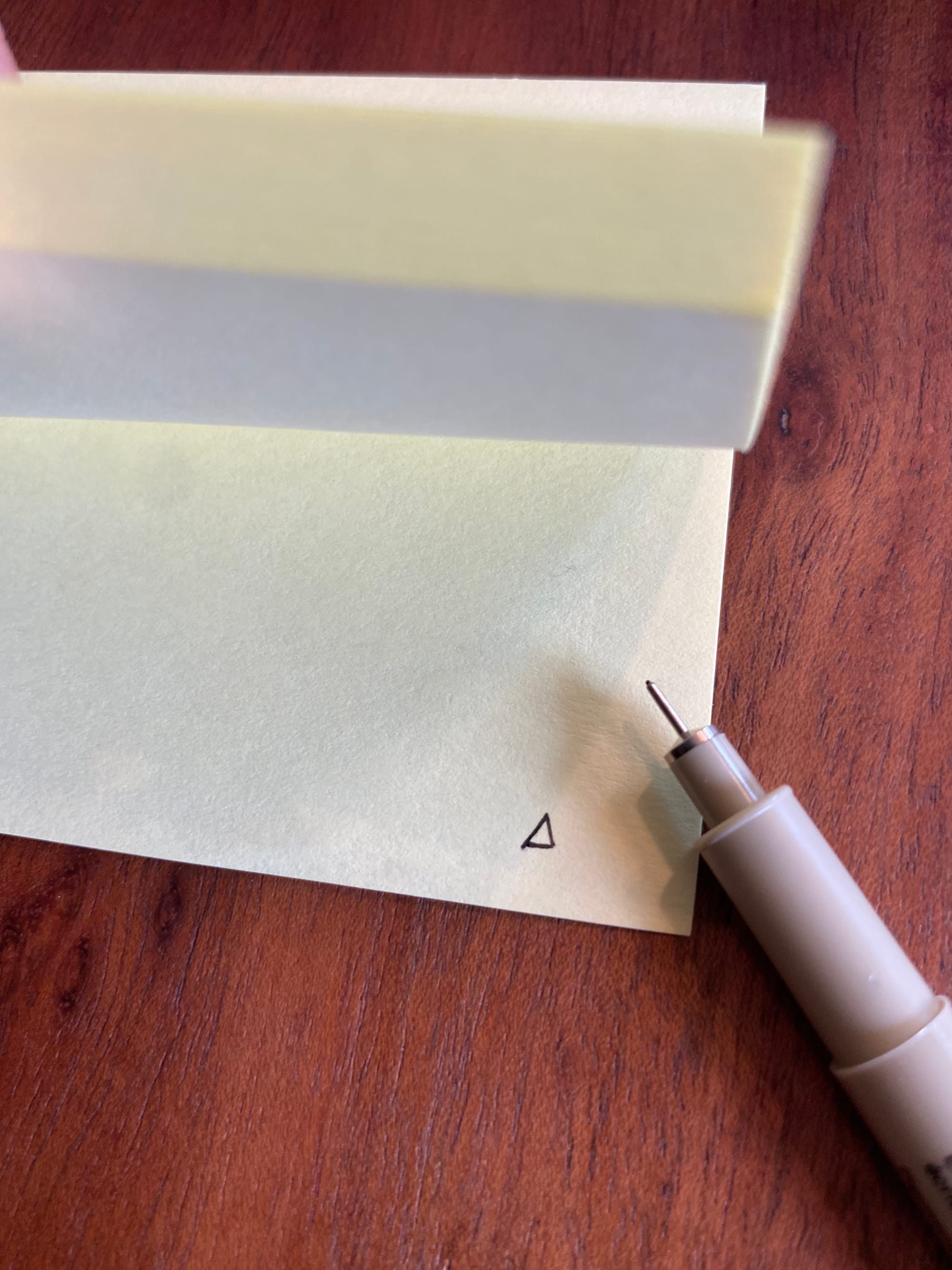
- Once your frames are complete – flip it!
There are other ways to animate as well. There are apps such as iMotion to make stop animation films. I also enjoy using Procreate and Looom to create animated GIFs. Learners may prefer to use technology for their animations. Please share your animations!
